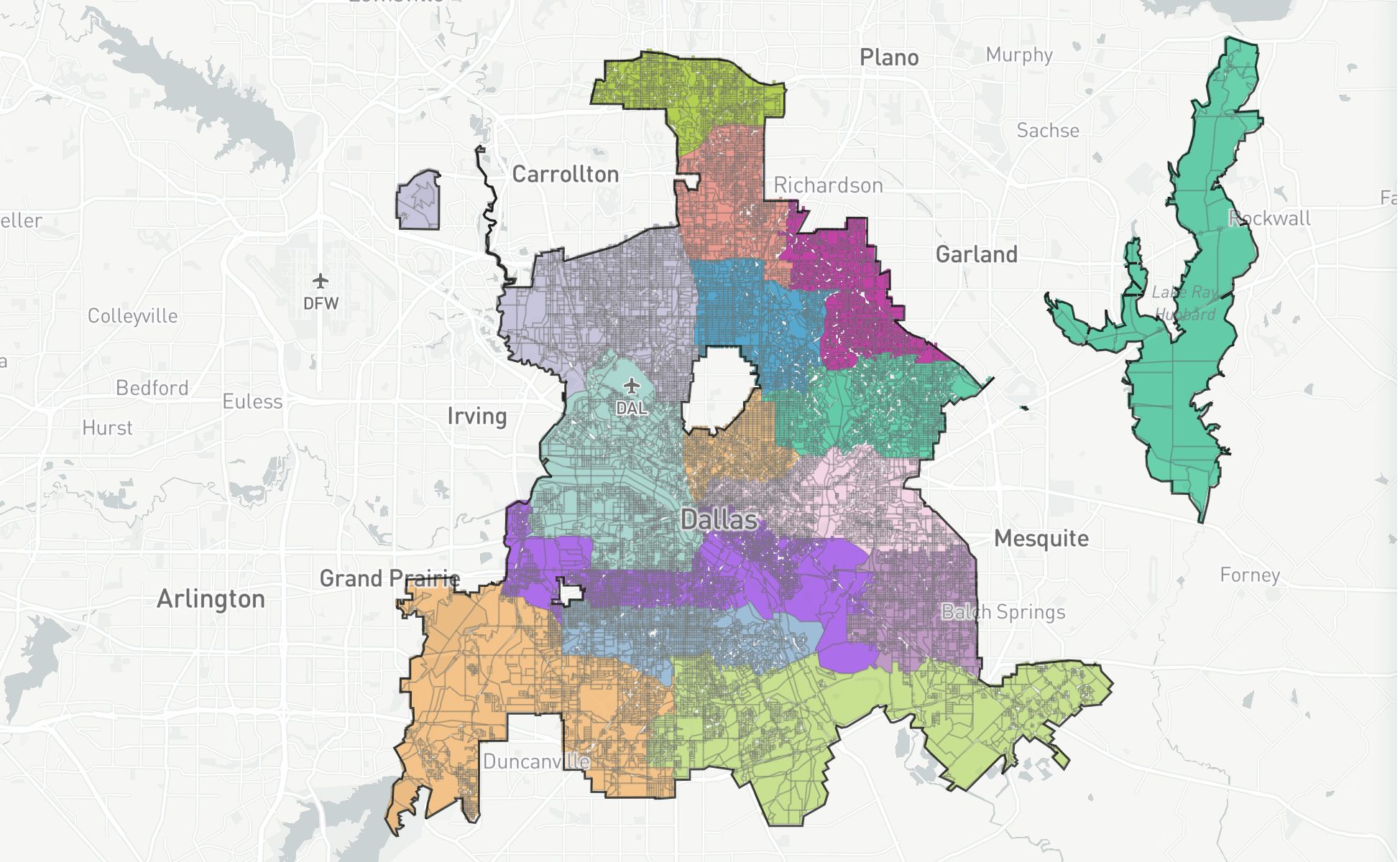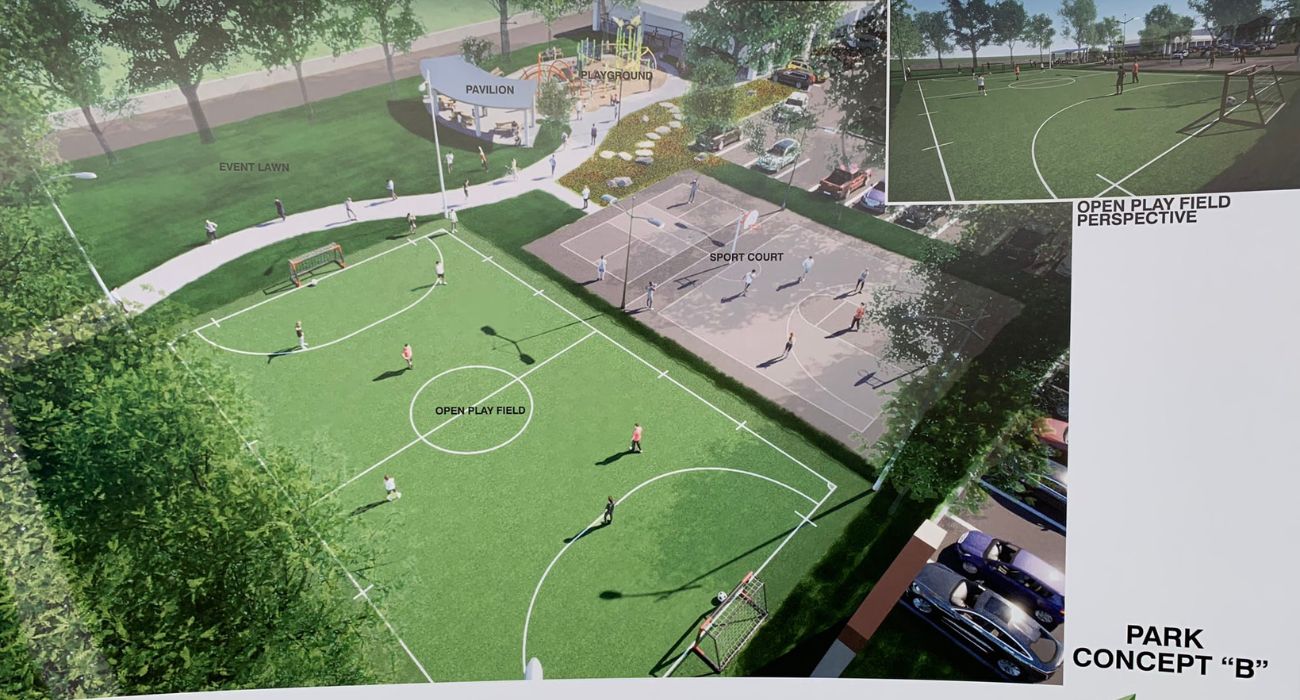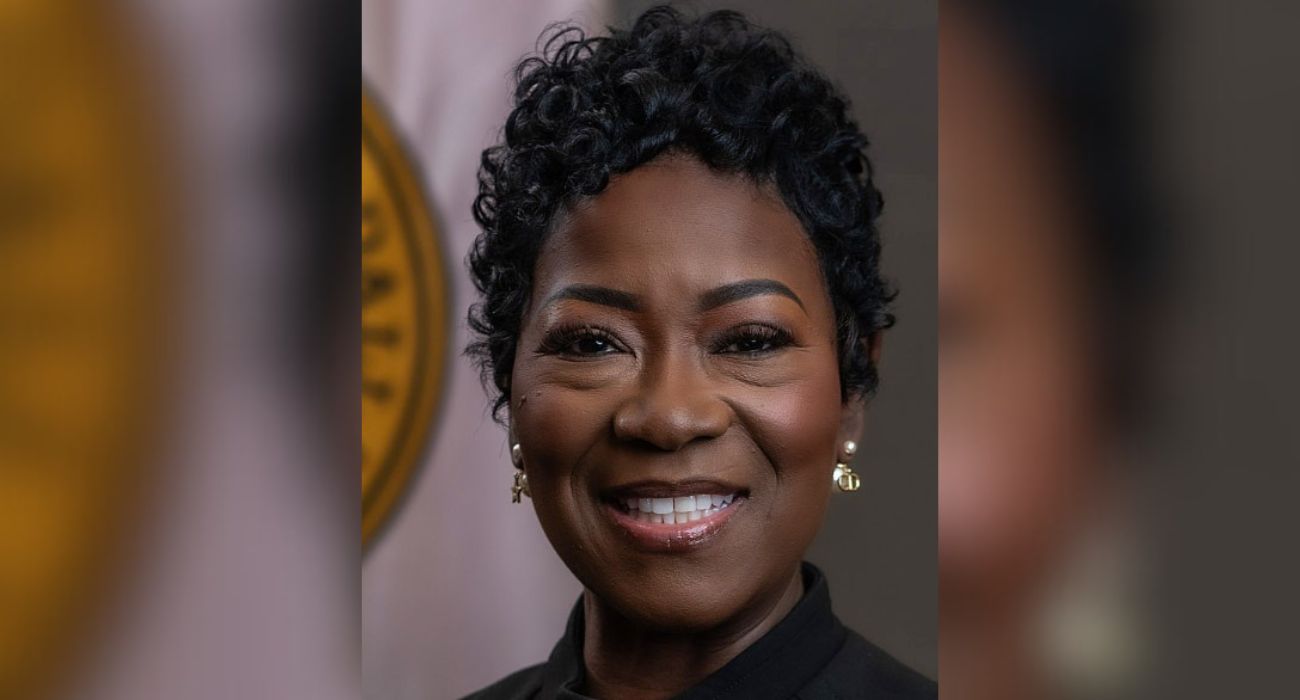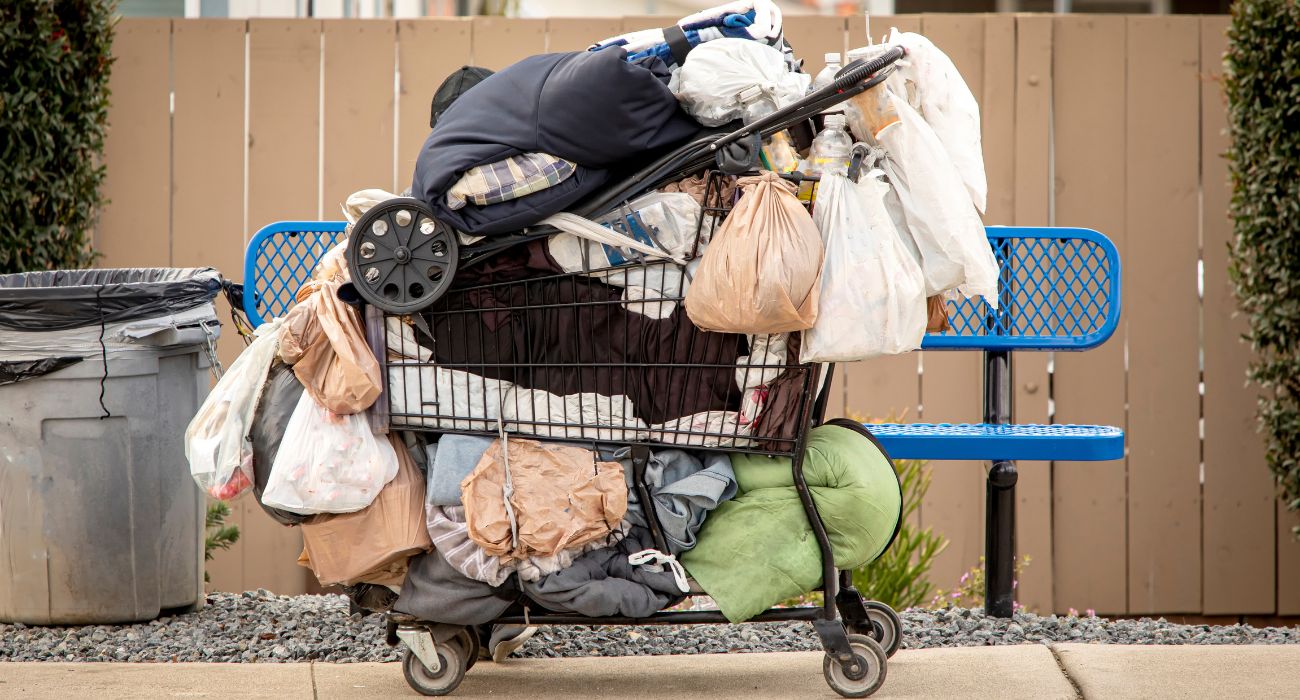On March 7, the Dallas Redistricting Commission held a public meeting to view and discuss maps drawn by citizens and gauge public input about the alterations that will be made this year. In what may be a first, one map that was presented gained unanimous approval for further consideration.
That map – which met all of the state-mandated requirements – was drawn by a resident who was not yet born the last time redistricting occurred.
Nine-year-old Sophie Kittner presented a redistricting map that she created after seeing her father participate in the process. The map she drew raises questions about the manner in which some decisions are made.
The redistricting process, which occurs every ten years after the United States Census, redraws the boundaries of districts to be represented by elected officials. Often the maps chosen divide the districts strategically based on demographics to create political advantages.
However, numerous nuances that seem to drive the discussion about redistricting in current participatory circles simply did not apply when considering this map’s source. For example, questions about the racial make-up of a district, communities of interest, and historical or future population changes did not materialize when the third-grader from Arthur Kramer Elementary School in Dallas offered her map for consideration.
“I liked the colors,” Kittner said when asked about what she enjoyed most about making the redistricting map. “It wasn’t just black here and white there, it was actually fun colors.”
Unrestrained from identifying districts that capture a certain percentage of black, hispanic, or anglo voters, Kittner simply designed her map so that each district had around 93,000 eligible voters and the districts were relatively compact so that the elected representative would live in the same general location as those who reside in the district.
She elaborated that it was important for her to present the map she drew so that other young Dallas residents can see that questions about how government works for the people do not just apply to adults.
“I wanted to do the map because my dad was doing it. Usually, when he is doing something like the map, he says that I can’t because it’s only for grownups,” Kittner said.
The 9-year-old explained, “I also wanted to do this because it shows that kids are just as useful as grown-ups. I want everyone to know they have a purpose and if someone says you can’t, just don’t listen because there is exactly no reason they should say that.”
District Four Representative Kebran Alexander was one of the members of the Commission who saw to it that Kittner was able to present her map, and he spoke specifically to her process.
“I think that it took a lot of courage to do something that you may not have understood the way that some adults make it complicated,” Alexander said. “And so I wanted to just see what just a pure mind will put together for the city of Dallas and what that would start to look like. I’m very encouraged by what you have done.”
Kittner’s presentation was followed by that of Bill Betzen, who has presented a total of eight maps so far and intends to submit at least two more. Betzen’s multiple submissions are an attempt to construct districts that encapsulate black and hispanic voters, with the goal of creating districts that are “winnable” by minority candidates.
The redistricting process sets the boundaries for single-member districts and can have a significant impact on communities. The process is open to all Dallas residents, who can create their own maps online through the Dallas Redistricting Committee website. Currently proposed maps are available to view, along with the various requirements established by law.







What is that whole just North of uptown? Never mind Highland Park and University Park bubble people only want to use the Dallas infrastructure but the elitist think they are too good for Dallas.
Troll much?